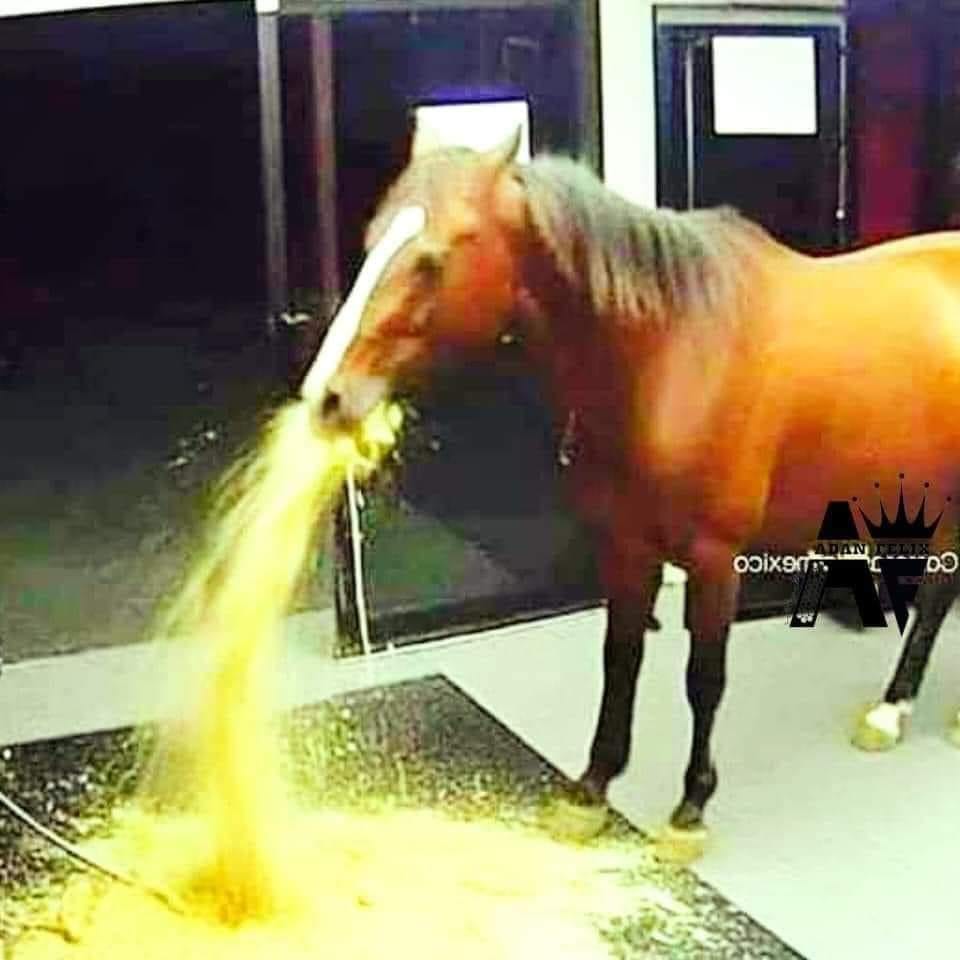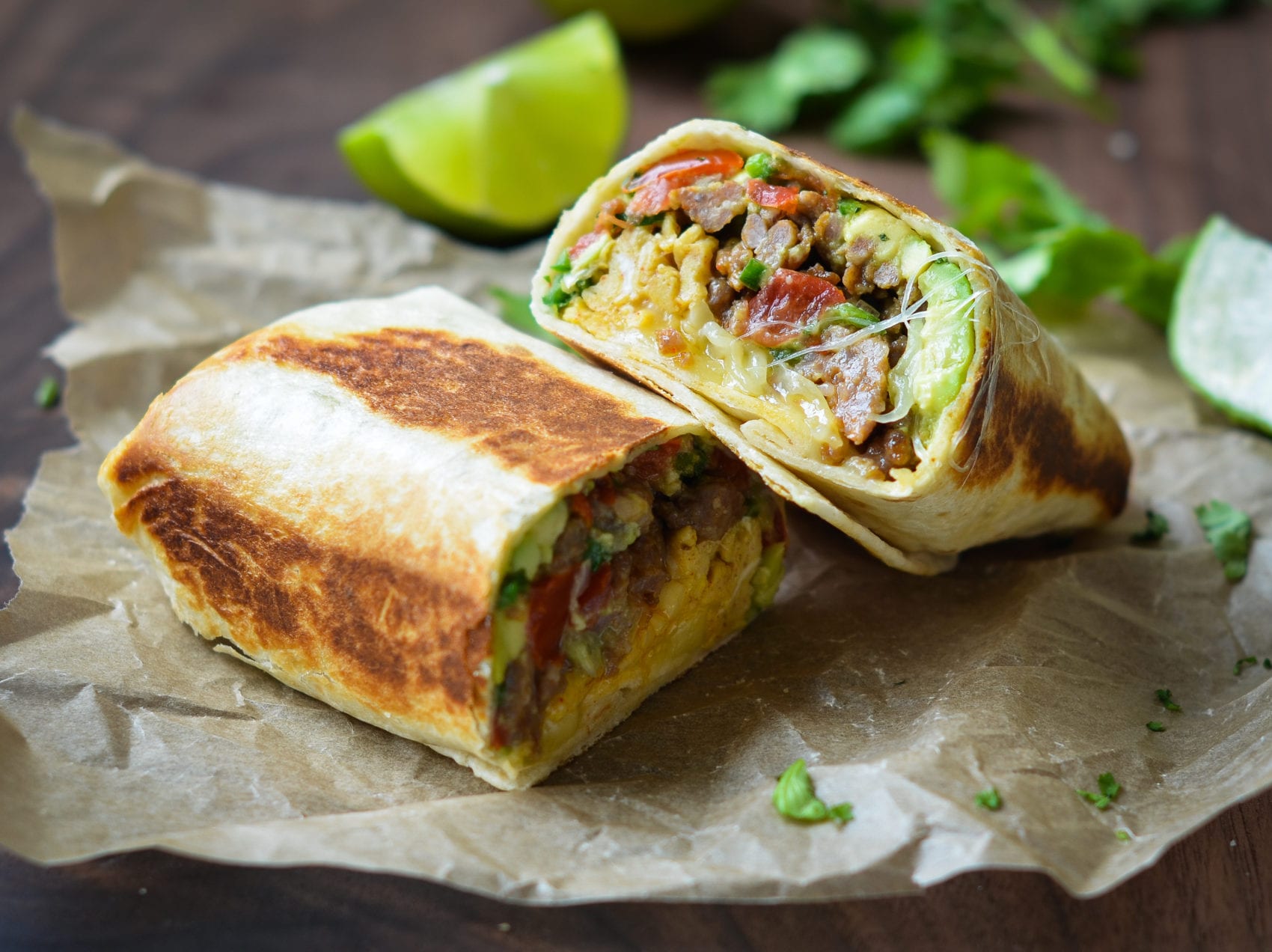- cross-posted to:
- [email protected]
- cross-posted to:
- [email protected]
I bought 175 g pack of salami which had 162 g of salami as well.
Sup, I’m your local friendly USDA contractor who very much uses scales everyday. Consumer grade kitchen scales are terrible and will lie to you. The fact that it does not go out to the tenths or hundredths is a big flag for accuracy.
We check test our scales twice a year to make sure they are accurate. I once tried check testing my kitchen scale I use for canning for giggles and it failed miserably. It would only register weight on 2 out of 4 quadrants until I got to 10g or so. I’m sure my ohaus is going to show a different and more accurate result if I where to try it.
Eight grams off? That seems rather significant. I mean we use to buy 20 grams of weed we’d know if it was almost half shy.
Dealers digital scales have 2 decimal places.
that’s why you don’t use a scale that’s only accurate to the full gram (and barely that) when dealing with something where the cost is such that a missing half gram actually makes a difference.
8g sure but this is only within 2% error. most scales would probably be within 3% so this isn’t surprising
Unless you were using a certified scale and checking it with certified check weights every time you used it, you were just guessing and hoping your dealer wasn’t randomly or purposely off. And density of the material weighed matters also. Weed is far less dense than pasta so a discrepancy can be more noticeable since it takes a larger volume of weed to reach a particular weight than pasta does.
Understand that a digital kitchen scale is made with the cheapest load sensors a manufacturer is willing to pay for. Nor do they come with any kind of traceable certification as to accuracy class. In fact you get no guarantee that your shiny new kitchen scale is fit for even that purpose - just that it turns on, lights up, and displays something when you place a load upon it.
Accuracy is a cruel and VERY expensive mistress to chase. And most people don’t understand it anyway.
You would presumably use a higher precision scale for that purpose. I know my kitchen has a large scale that’s only 1 g precision but can go up to 8 kg, and one that’s .01g precision but only goes up to 500g.
Well you were high so we can’t be sure about those numbers
I wasnt at the time but twenty minutes later, sure
please actually do it. Not for any real Reason but just because it’s funny to use professional equipment to weigh Pasta
Well, it can’t be packaged to scientific standards, it has to be packaged to ours.
Scale accuracy was never a problem or scrutinized until ow, and successfully helped people lose weight, so it’s not the accuracy of the scales that is an issue.
This is blatant consumer fraud and nothing in your field can change that fact, clearly.
What!?
Your comment doesn’t make sense, since home tools are not precise enough and that is not the manufacter fault. I suggest you read about Metrology
That is scientific standards for him, not “their” standards or whatever. Yeah clueless.
This just doesn’t make sense.
You wouldn’t say the same when talking about other products. If you buy ibuprofen for example you wouldn’t say “it can’t be packaged to scientific standards, it has to be packaged to ours” if you try to weigh a single pill with your kitchen scale.
Stuff HAS to be packaged to scientific standards. Period.
If your tools at home aren’t accurate enough or simply aren’t properly calibrated for a specific job, it can’t be the fault of the producer.
If you use a 2€ kitchen scale that is 10 years old you can’t blame the producer if your measurement is off by 10%.
The producer cannot make sure YOUR equipment is proper for the task, and they can’t make sure EVERYONES scales see the exact same. So of course they have to weigh with their own scales and surprise surprise they use extremely precise scales that are properly calibrated and tested regularly.
If you read his comments to my comments he states that following “their” (?) standards, the producers have to put much more product in order to “”““adjust””“” for the tolerance error of random consumers. Clueless.
I remember being in school 20 years ago and being taught about scale inaccuracies and the importance of frequent calibration. The thing about weight loss is that you will lose weight if you’re in a deficit. Your daily calorie needs are going to fluctuate a little bit, regardless. Most people don’t keep activity the exact same, sleep the exact same, take exactly the same steps everyday, plus hormones fluctuate, etc. Your measurements don’t have to be precise, just close enough. People have also lost weight with sloppy volumetric measurements, counting out chips, or even eyeballing the amount of space taken up on their plate. MyPlate.gov was rolled out after consumer research found that it works.
Scales used for commercial purposes, such as weighing the amount of product in a package, are regularly calibrated and checked. Messing with the calibration is considered an economic crime and comes with very harsh penalties.
I think you’re a bit off track. scale accuracy has been a subject of careful scrutiny for millenia. You absolutely have to use the right tool for the job. A kitchen scale is not the right tool for the job. It would be like complaining that you can’t take your car’s lug nuts off with a pipe wrench.
Now, I agree with you that if you believe a home kitchen scale is telling the truth, you are a fool. But as an old toolmaker who dabbled in accuracy for a living, displayed digits does not equal accuracy nor even repeatability. And there can be a fair amount of interpretation involved in analog beam scales.
I think it’s just another PPS, (piss poor scale), scale that is neither accurate nor repeatable. And the packaging material weights are rarely included in listed weights. Since packaging can change at any time due to costs.
Marginavera
The real crime here is that you bought Barilla instead of DeCecco.
De Cecco, Garofalo, or Voiello.
If you have to get Barilla, at least get their fancier one (Al Bronzo or at least Collezione).
Typical Big Noodle theft tactics
It’s a 2% difference. The cutting and packaging is done (most probably) by machines. I have clinically diagnosed OCD, and I wouldn’t care about 8g of missing pasta… How much do you leave on the plate/in the pot/throw away? :)
Otoh, hitting exactly 410g (assuming the scale is calibrated, and you have the same temperature, air moisture and altitude as the factory), is very difficult. They could adjust their machines so the variation hangs a bit more towards the customer, but for them, 2% x millions of boxes = profit.
Most of our packaging machines require < 1%, target <0.5% variance (both ways). Honestly in practice, over a whole batch the total variance is extremely tiny.
Add to this story the accuracy of a household, not-calibrated scale? Yeah I’d say this seems OK.
What do you make?
Tolerances for food items depend a lot on item size, shape, and irregularity.
I mean… that’s a good point. I only make bulk materials, like 1 ton supersaks, and we tend to OVERfill so customers don’t complain, with the target still being close to zero for a whole batch.
This really isn’t a big deal, the customer paid 2% less off this specific box. Oh.
This isn’t a big deal, the customer paid 2% less than the calculated total for their entire order at checkout and only had to say “me shorting this transaction is just a statistical probability and you should view it as the cost of doing business with me.” Oh.
This isn’t a big deal, the customer gets massive subsidies from the government while the poor manufacturers have to pay stupid worker safety fees and unfair payroll during times of extreme economic ‘fortune’. Oh.
That seems around what I’d expect the measurement error to be anyway
deleted by creator
Keep stroking yourself guys, my ackshually crowd
2% off isn’t that bad.
Sure.
I just wonder how often I will find a package that gives me a 2℅ gain. If it’s all fair and square, it should be fairly common. If not, either the scales need recalibration or… (insert sinister music)… there is intent here and that is another way to maximise profits; 2% at a time.
You know all those people who find 3 pop tarts in a bag instead of 2? There’s the other side.
ECS provides the best school shoes for girls. The boots are made of high-quality material for use on campus or in school. Order the latest shoes for kids online at reasonable prices.
I don’t see anything on the scale indicating it was not tared. Nor do I know whether or not you took a noodle or two out of the pile before weighing
For all we know, you tared this +20g and this is feel-good anti-corporate propaganda. Which is fine, we all hate the corporations…but propaganda is propaganda.
Op, please post a video showing a calibration weight on the scale followed immediately by your pasta taken directly out of a sealed box. For science.
Your sound logic side, 8g of pasta is hardly shrinkflation and I wouldn’t be surprised if it’s an accepted rounding error in plant packaging.
shrinkflation is 410 instead of 500 grams, then there is this weight skew
Also net weight vs gross weight. I think there’s a law that regulates this where I live (France) because it’s always specified but I don’t see it here.
I assume OP is from Canada because I see English and French on the packaging. I lived there for a few years and was losing my mind over this kind of stuff the entire time. Prices never include taxes even though you basically always have to pay them, price per pound/gallon/unit is never displayed either and they really try to swindle you with this, I constantly saw “family sized” or whatever packages that actually cost more per pound than the regular version when I did the math. So I’m not surprised.
If everything you’re measuring is lower than expected, you should check the calibration of the scale. Weigh 2 or 3 things you know the weight of that are at different ranges of weights, light, heavy, medium, and see if any are off. Often a scale will be accurate at only within a certain range and get progressively less accurate as the weight increases or decreases from that range.
See also: 2x4s
(how is lumber measured in Europe? Are 2x4s called 2x4s? or 50x100s?)
Not surprising but: metric units, and they are the units of the finished product not some arbitrary historical size lumber used to be
47 x 100 as I recall from my days working in a Builders Merchant, still referred to as ‘four by two’ by builders though
They reverse it in England, 4x2s
OP, are you American?
Net Weight vs Gross Weight
Aren’t the figures on the package meant to be net weight though?
I believe so too.
But maybe that’s not a legal requirement everywhere.
From the packagings I remember, wherever the package weight is significant, “Net Weight” is explicitly stated. So, when I see it not written, I don’t assume.
Get a better scale first
🤔Hmm doubt it’s humidity issue the issue. But more importantly why is it not in 500g packets like all the pasta in the world?
uh probably lines up with freedom units or cause funny number
Hmm, grocery store near me (USA) sells this in 16oz packages, or ~454g
1 lb is 453.6 gr so likely sinkflation unless there is another weight measurement I am not aware of (likely). https://duckduckgo.com/?q=1+lb+in+grams
More likely shrinkflation. Same as how a pint of hagen-daz is 14oz now, instead of a full pint.
americans really just have to remember a long list of random numbers like how many ounces a full pint is supposed to be, huh.
i’m imagining a whole day of school like, “when people say nickel, they mean 5 cents, a dime is 10 cents, 12 inches is a foot, 3 feet is a yard, water freezes at 32F and boils at 212F…” and the children just crying into their notebooks by the time they get to miles and tons and acres.
Think about us poor Brits, who have an offhand knowledge of the imperial system the American system’s based on, plus the metric system, and usually the formula to convert between them at least for speed, length, and weight.
When I first read your comment I wanted to say that managing with these units isn’t really all that difficult. But, then I remembered that I have a magnet on my fridge that converts teaspoons to cups to quarts etc. I don’t know anyone who keeps that info in memory. Doubling or halving an American recipe can be an exciting math project
It’s fun to see what metric conversions an American has memorized. If a person can quickly convert miles to Kilometers, they are probably a runner. If you ask a group of colleagues how many grams are in an ounce, the dude who quickly say “28.3 give or take” is a pothead.
A cup is 32 teaspoons, 3 teaspoons per tablespoon, ergo 1 cup is 16 tablespoons. I know this offhand because:
- I cook
- I can count
It’s a base 2 measurement system for the most part. Also highly inefficient and imperfect, but so is metric for cooking.
Well… a tablespoon is 3 teaspoons and a cup is 48 teaspoons. You did get the 16Tbsp per cup right though.
This was a good try!
🤔 Huh. I didn’t believe you until I measured it out on my own measuring spoons. You’re right. My bad fam
water freezes at 32F and boils at 212F
I agree that most of the US units aren’t ideal, but I’m not so sure that Fahrenheit is bad. 0F and 100F are both temperatures that humans experience in nature - 0F being a cold winter and 100F being a hot summer. Cities that don’t experience extreme cold or heat usually remain within that range. The scale is granular enough that you usually don’t need to use decimal places.
Freezing temperatures being obvious with a minus number is an advantage, not a problem, IMO. Easy to see from the bigger negative number when water will freeze more quickly, when snow is more likely to lie on the ground, etc.
Because of shrinkflation
The worst of the flation family.












